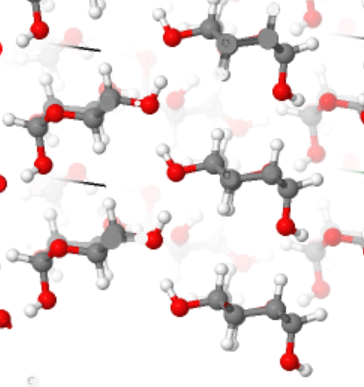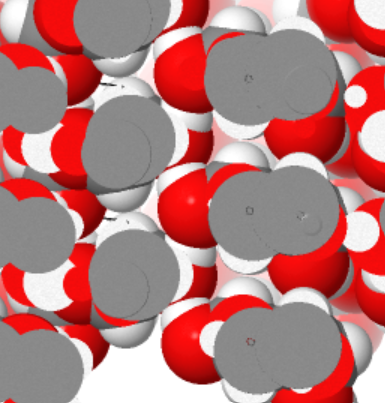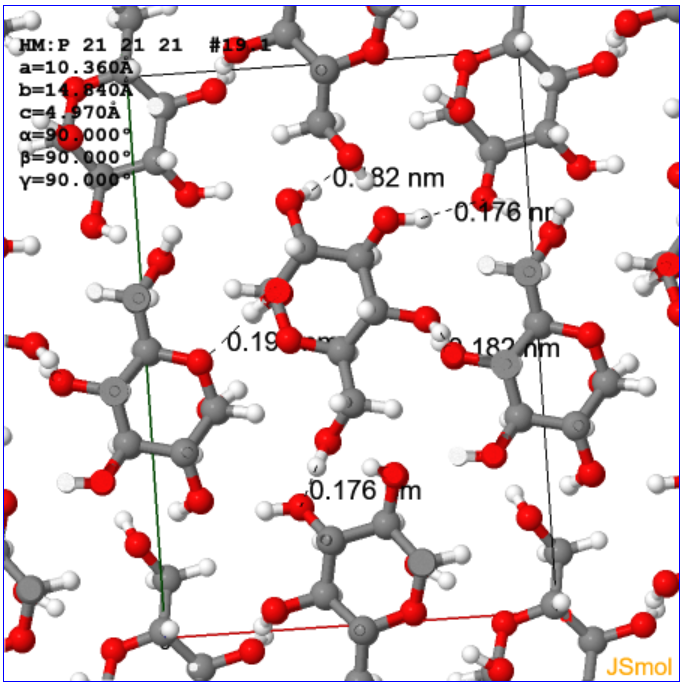When I look at solid iodine, it is a molecular lattice held by van der Waals forces. Glucose is also simple molecular and so I naturally assumed that because it is solid like iodine, it forms molecular lattice held by Van Der Waals forces. However when I search it up, I get results for iodine but not for glucose. So my question is does glucose actually form a molecular lattice like iodine when solid?
-
$\begingroup$ What you think it is, if not a molecular lattice? Search about glucose should provide you an answer. Or elimination of other options. $\endgroup$– PoutnikCommented Oct 24 at 8:33
-
3$\begingroup$ Yes, pure solid glucose is a molecular crystal, much like iodine. It consists of molecules. $\endgroup$– Ivan NeretinCommented Oct 24 at 8:33
-
$\begingroup$ While the orthorhombic crystal does look like a bunch of I2 molecules held together, treating it like a 'molecular lattice' will not get you to things like the band structure of the crystal, the change of the energy gap with pressure, much less the conversion to an fcc lattice at high pressures. There is a time to learn some solid state physics and you have pretty much reached it. $\endgroup$– Jon CusterCommented Oct 24 at 12:32
-
1$\begingroup$ @JonCuster I think OP first should be able to tell if molecules bind with hydrogen bonds ;> $\endgroup$– MithoronCommented Oct 24 at 12:43
-
$\begingroup$ @Mithoron - there is nothing about Van der Waals forces that requires hydrogen. $\endgroup$– Jon CusterCommented Oct 24 at 12:47
1 Answer
There are crystal structures of two forms of glucose (alpha and beta) available in the teaching collection of the Cambridge Crystal Structural Database, with entries GLUCSA and GLUCSE02.
The crystal in GLUCSA contains stacks of glucose rings at Van der Waals distance. The stacks are connected to neighboring stacks by hydrogen bonding of the hydroxyl (-OH) groups.
The figure above shows two staggered vertical stacks of glucose molecules in the chair conformation. The figure below shows the same view but in a space-filling representation, emphasizing the tight packing.
Finally, this is a view down the stacks, showing hydrogen bonds with molecules in neighboring stacks.



